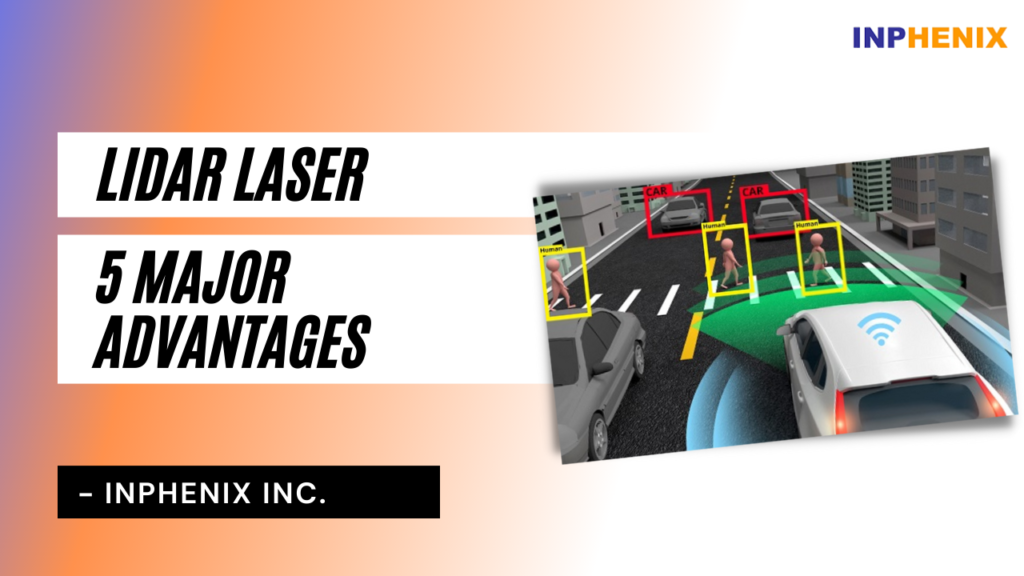
In the last decade, there has been substantial growth in the application of Lidar laser. It has now become an important instrument that has use cases in all of these domains, ranging from agriculture to military equipment, autonomous vehicles, archaeology, cell phones, and more.
The LiDAR laser (Light Detection and Ranging), which consists of three major components–the scanner, the laser, and the GPS receiver–can benefit a variety of industrial equipment.
Below are some of the characteristics that distinguish LiDAR laser from its peer technology, Radar (Radio Detection And Ranging), are as follows:
So, these are the five characteristics of lidar laser that give it a benefit over traditional radar technology and make it a suitable laser for a wide range of applications. To know the difference between lidar and radar, check our previous blog on how lidar is different from RADAR Laser?
Let’s move on to the next section to learn about the advantages of LiDAR lasers.

The following are the top 5 advantages of LiDAR technology. Let’s take a quick look at each one.
The first notable advantage of using a LiDAR laser is its significantly higher precision. For example, the system can detect objects with vertical dimensions of 5-15 cm and horizontal dimensions of 30-50 cm. With such greater accuracy, LiDAR can eventually be used for forest structural modeling and surveying.
Furthermore, the multiple outputs of Lidar allow for the computation of not only the surface and ground levels but also intermediate levels.
When compared to radar technology, LiDAR has far faster acquisition and processing times. This technology can collect, process, and transmit data to the control center as quickly as possible.
When it comes to military equipment or the aviation business, where time is of the essence, quick acquisition and processing are critical. LiDAR is literally a game-changer in these industries.
Unlike photogrammetry, GPS, or land surveying, LiDAR laser requires little human intervention because most procedures are automated. That is, it requires a little workforce and can even function without it.
This will eventually allow it to be deployed in places where humans cannot live permanently due to adverse weather conditions, such as the North Pole or the South Pole. Even with minimal human assistance, the LiDAR laser can perform efficiently.
Even under poor weather or lighting circumstances, LiDAR technology provides precise 3D mapping. This technology can be integrated with other on-the-ground technologies to create a comprehensive mapping system capable of providing reliable analysis.
It not only provides precise data about static objects, but it also provides accurate data about moving things such as automobiles in poor weather or lighting conditions. This is especially impressive when it comes to autonomous vehicles.
The fifth major advantage of LiDAR laser is its capacity to collect surface elevation data through dense foliage such as forest canopies. The multiple laser pulses emitted by the LiDAR laser can detect gaps between leaves and branches, just as sunlight filters through the forest canopy and continues down to the ground.
Higher canopy penetration will eventually provide various benefits such as detecting illegal drug farms, conducting military operations in dense forests, etc.
These are the five primary advantages of LiDAR laser that make it a natural fit in a range of equipment and industries.
Check LiDAR Laser Technology: Architecture, Working, Applications, and InPhenix Solutions
Inphenix is the USA’s leading and major manufacturer of light sources and lasers. Some of our known products are O band amplifiers, distributed feedback lasers (DFBs), swept-source lasers, VCSELs, and broadband light sources. Contact us to know more about our products and services.
